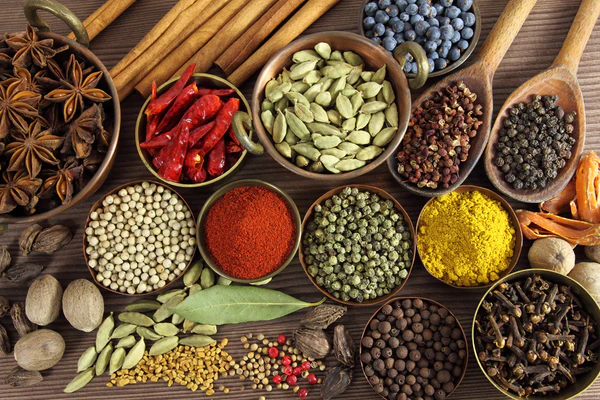Igniting Your Digestive Fire: The Key to Vital Health

When it comes to vitality, Ayurveda places digestion at the center. In this tradition, the concept of Agni, or digestive fire, is seen as the spark that transforms food into life force. When Agni is balanced, digestion flows smoothly, tissues are nourished, and toxins (Ama) are kept at bay. When Agni falters, even the most nourishing food can burden the body.
What Is Agni? The Heart of Metabolism
Agni refers not just to the physical act of digestion, but to the deeper metabolic capacity of the body at all levels. The most primary form is Jatharagni, which governs digestion in the stomach and intestines. But Ayurveda recognizes many forms of Agni — including the elemental fires (Bhutagni) and tissue-level fires (Dhatvagni) — which act in sequence to assimilate nourishment and eliminate waste.
When Agni is strong and balanced — known as Samagni — food is metabolized efficiently, energy is steady, and the body maintains harmony. But if Agni becomes weak (Mandagni), erratic (Vishamagni), or overly intense (Tikshnagni), digestion breaks down, toxins accumulate, and health suffers.
Signs of Balanced vs. Impaired Agni
When Agni is Functioning Well
Healthy appetite before meals
Regular elimination
Clarity of mind
Lightness after eating
Steady energy levels
Pink, uncoated tongue
When Agni is Impaired
Bloating and gas
Heaviness and fatigue
Erratic appetite
Mental fog
Inconsistent bowel habits
Coated tongue
What Weakens Agni
Cold and Raw Foods
Eating cold, raw, or heavy foods, or drinking ice-cold water during meals, suppresses digestive heat.
Irregular Eating Patterns
Irregular mealtimes, overeating, or under-eating create stress on digestion.
Poor Food Combinations
Mixing dairy with sour foods, or fruit with heavy grains, can interfere with digestive harmony.
Chronic Stress
Stress and overwork affect the gut-brain axis, disrupting Agni and promoting imbalance.
Ways to Ignite & Support Your Digestive Fire
Eat with Intention
Begin mealtimes when mildly hungry (not starving). Chew thoroughly and eat without distraction. Warm, cooked foods digest more gently than raw. It's also wise to avoid excessive liquids during meals, which can dampen Agni.
Include light warmth in your diet through mild spices such as ginger, black pepper, cumin, and coriander. These stimulate digestive juices without provoking heat imbalance. Ghee, in moderate amounts, is praised for gently kindling digestive fire and lubricating tissues.
Rhythm & Routine
Consistent meal timing supports digestive stability. Ayurveda often recommends a larger lunch (when digestive fire is strongest) and a lighter dinner. Simple rituals — starting with warm water, ending with gratitude — help align your body to a centered mealtime mindset.
Movement, Yoga & Breath
Gentle post-meal walking or light movement supports digestion and circulation. Yoga poses such as twists and gentle compression of the abdomen encourage stimulation of internal organs and aid in moving stagnation. Mindful breathing (Pranayama), especially practices like Nadi Shodhana or Bhramari, calms the nervous system, which in turn supports Agni's flow.
Meditative Focus on Agni
Scientific studies suggest meditations that focus attention on the digestive region — such as the Vaishvanara Agni Meditation (VAM) — can significantly improve gastrointestinal quality of life. In one trial, participants practicing VAM for 50 days reported better digestion, strength, and psychological well-being. By quietly directing awareness to the navel area, one can subtly nourish internal fire and reinforce digestive harmony.
Seasonal & Gentle Cleansing
With seasonal transitions, Ayurveda encourages light cleansing or dietary resets (e.g., simpler meals, soups, herbal teas) to relieve accumulated metabolic load and reset Agni.
Bringing It All Together
Your digestive fire is not simply a metabolic mechanism — it's the central alchemy of your vitality. By caring for Agni with awareness, warmth, rhythm, and supportive practices, you invite a flow of nourishment that sustains body, mind, and spirit.
"When Agni is liberated, life's quality rises: digestion becomes more joyful, energy stabilizes, clarity deepens, and the balance of the whole system strengthens."